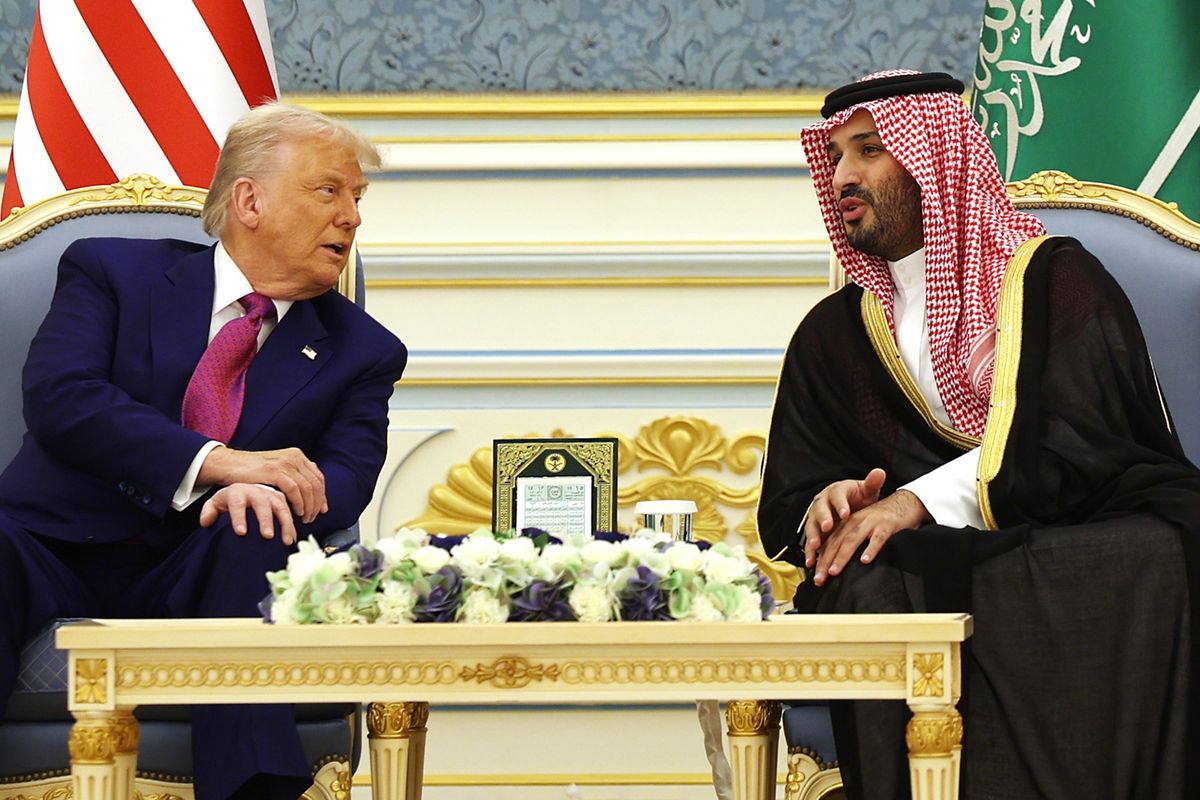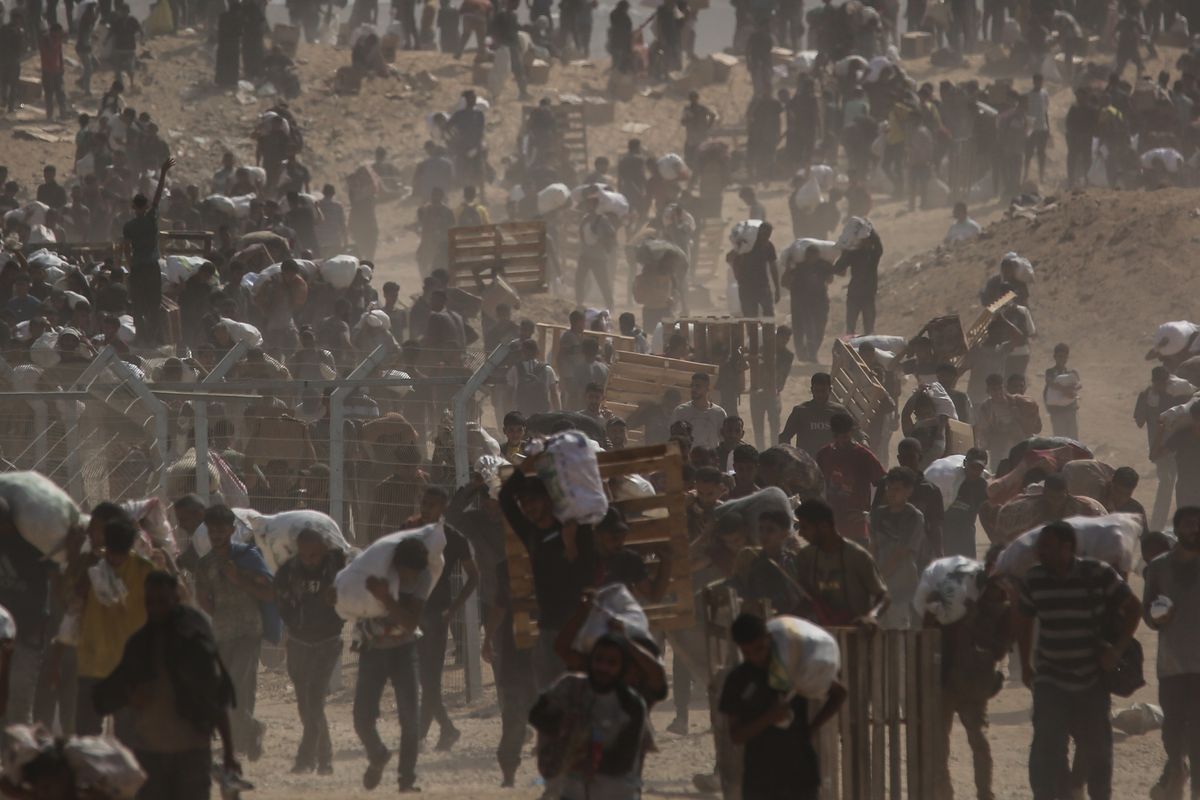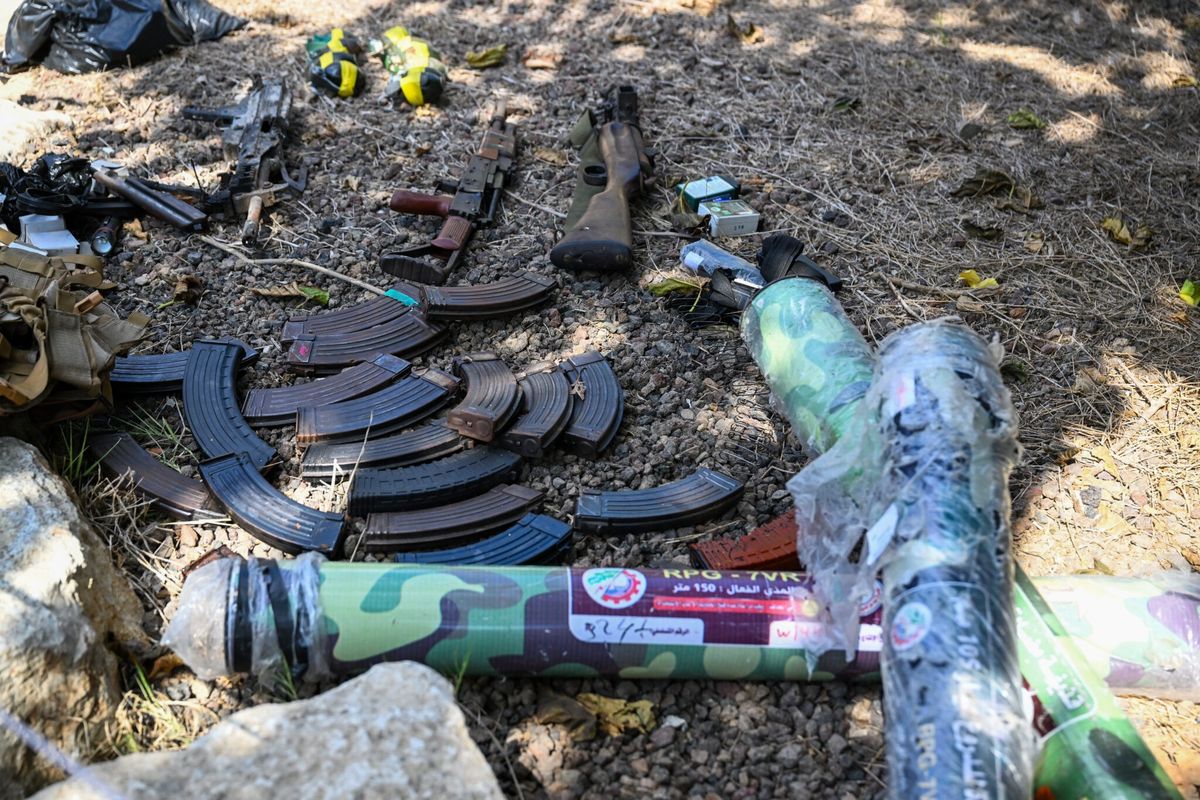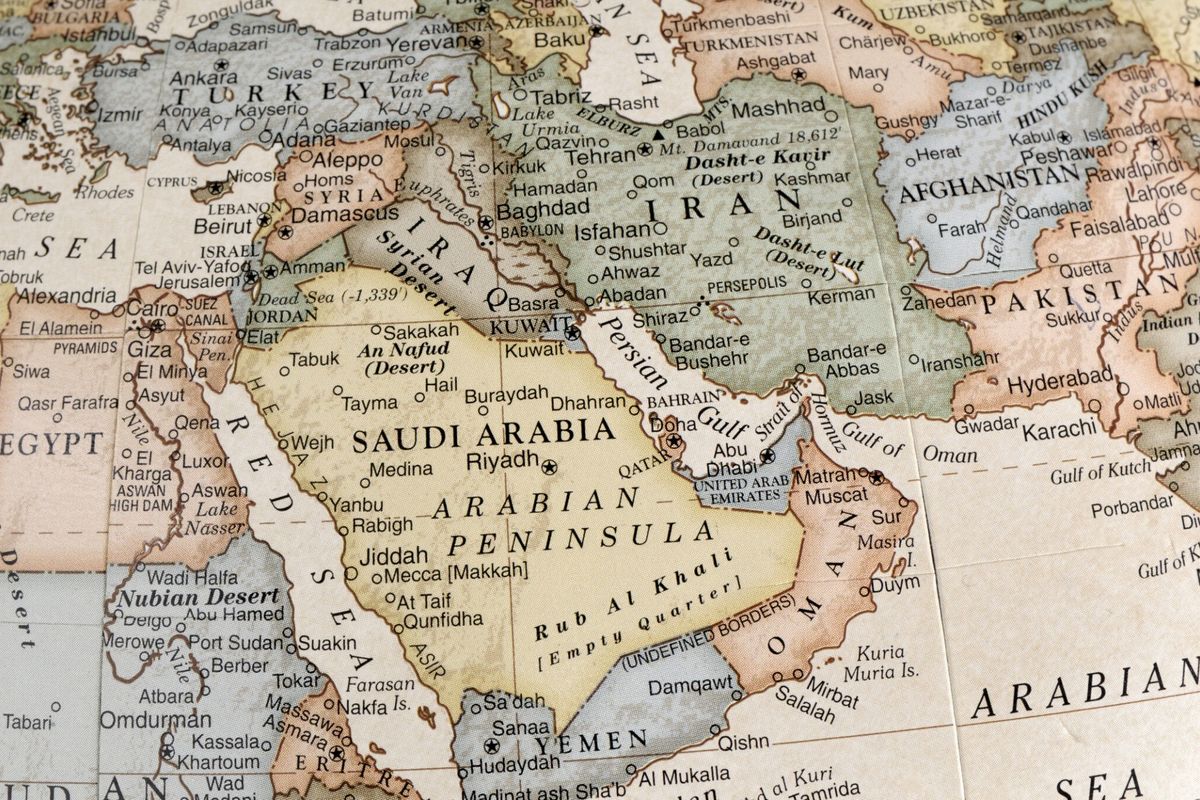As the citizens of Arab nations reflect on the fifth anniversary of the popular revolts of 2011, they are likely to feel a sense of malaise and frustration. The rise of autocratic counter-revolutionary politics, regime repression, the resurgence of terrorism, and the spread of violence have replaced the euphoria of 2011.
To understand the tumult and chaos that have befallen the region, it is critical to consider the complexity of Middle Eastern societies and political structures, the varied religious and historical narratives, the sources of radical and millenarian ideologies, the diminishing role of traditional nation-state actors, and the rise of violent and terrorist non-state entities.
The Arab Spring has faded over the past five years. Autocracy is back in the saddle in Egypt and ever more entrenched in the Gulf Arab states. The Islamic State (IS), through terror and brutality, is moving from local jihad to global terror operations, as the recent bloody attacks in France and the United States have demonstrated. Iraq, Yemen, and Libya are imploding, and the Syrian civil war is entering its fifth year with no resolution in sight. The Syrian dictator remains in power, primarily because of the military support he receives from close allies Russia and Iran. The Saudi war in Yemen is teetering amidst more destruction and human disaster.
Although most states in the region are implementing more draconian policies against pro-democracy activists, ostensibly in the fight against terrorism, security remains elusive. The hopes that the youth revolts of 2011 pinned on political reform, inclusion, and economic prosperity have all been shattered. Civil wars and sectarian and tribal conflicts in Syria, Iraq, Yemen, and Libya haves created a massive regional and global refugee problem. The Middle East is a mess, plagued by violence, repression, sectarian wars, and unfathomable human tragedy. Despite the billions in oil revenues that several countries have amassed, hunger, water shortages, power interruptions, childhood diseases, personal insecurity, and the specter of failed and imploding states prevail across the region.
The Arab Spring and the Fight Against Terrorism
Many in the region see what started nearly five years ago as domestic upheavals against Arab dictators as becoming intertwined with instability in Iraq, the civil war in Syria, the rise of the Islamic State, and a crumbling Levant. The five-year anniversary has been marred by the growing threat of IS. Terrorist groups have expanded the geography of terrorism across the Levant; the greater Middle East and the Arabian Peninsula; North, West, and East Africa; and the Sahel countries. Whereas al Qaeda Central is on the wane, the self-proclaimed Islamic State is on the rise. Unlike al Qaeda fighters, the Islamic State jihadists are more lethal, battle hardened, and more experienced in the use of sophisticated weapons. As IS moves from the local to the global arena and as regimes and outside powers become totally focused on fighting it, calls for human rights and political reform—the focus of the Arab Spring—are shoved to the back burner of regional and international politics. So long as the Islamic State remains resilient, regional states remain focused on security. Some dictatorial regimes in Egypt and elsewhere have used fighting ISIS as an excuse to thwart their peoples’ demands for democratization.
The Arab Spring and the United States: Five Lessons
The United States could learn several lessons from what has happened over the past five years since the start of the Arab Spring. This learning process could help our policymakers understand the trajectory for the next stage in Arab politics and regional stability.
1. Understanding complex, diverse Middle Eastern Muslim societies requires policy and intelligence analysts outside the region to acquire deep expertise in the cultural, historical, political, and religious dynamics of Arab societies. Relying solely on quantifiable data and Western analytic paradigms often produces inadequate analysis. Failing to anticipate the Arab Spring five years ago, the rapid rise of ISIS and the self-proclaimed “Caliphate,” and the recent Russian military operations in Syria are a case in point.
2. The bloody tensions between autocratic regimes and Islamic politics in Egypt, Tunisia, Libya, Yemen, and elsewhere, is fueling a serious conversation about whether Islamic political parties are moderating and therefore capable of governing, and whether political pragmatism in the end will trump their religious ideology.
3. If Washington remains willfully oblivious to human rights abuses in Arab countries, including in countries that are close allies of the United States such as Egypt, Bahrain, and Saudi Arabia, autocratic repression will continue unchecked. This could result in gathering threats against American interests and personnel in the region.
4. As job creation and entrepreneurship will be critical for the success of democratic transitions, Arab regimes—dictators and family potentates alike—will have to adopt creative economic policies to promote economic growth. Failure to do so will hinder their ability to build modern economies or pacify their unemployed and alienated youth.
5. Domestic turbulence resulting from the toppling of dictators could take at least five years to abate. Indigenous centers of power—Islamists and secularists—should have the freedom and space to chart a reasonable path without “advice” or “interference” from the outside, and certainly without coercion from their autocratic rulers.
The Way Forward
If post-Arab Spring Arab regimes could harness the power of the people through job creation and political participation, economic vibrancy would become possible. An employed population is the backbone of a democratic society. As Arab upheavals continue, these lessons yield two take-a-ways: first, the authoritarian paradigm is slowly being replaced by a new political architecture driven vaguely by people power. Second, although the United States cannot easily extricate itself from the region, the people of the region will have to determine the future of their countries and the type of governance they feel comfortable with in the context of their deeply ingrained cultures. Although the Arab Spring remains a work in progress, the demands for dignity, justice, and respect, which millions of Arab youth made against their dictators five years ago, remain as powerful today as they were then. It behooves our analysts and policymakers to take notice, the war against ISIS notwithstanding.











